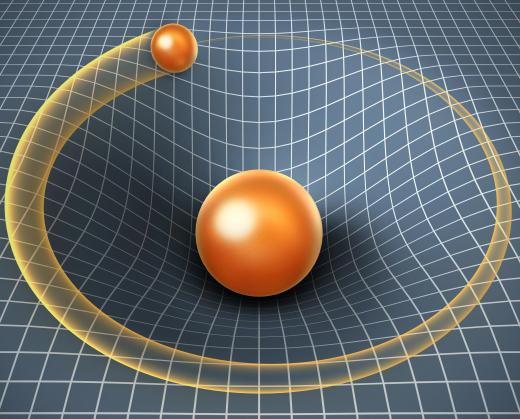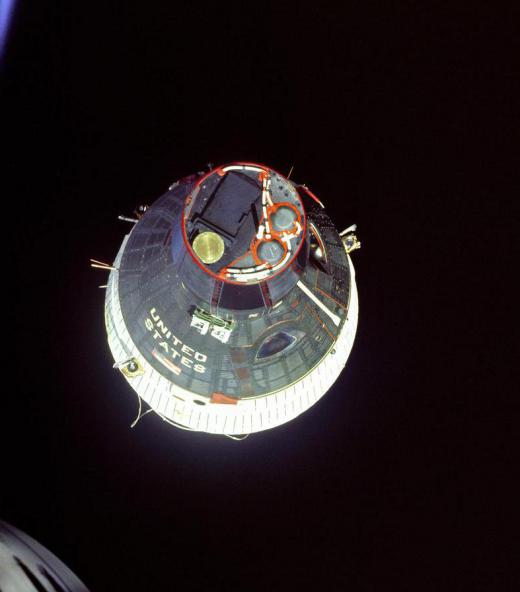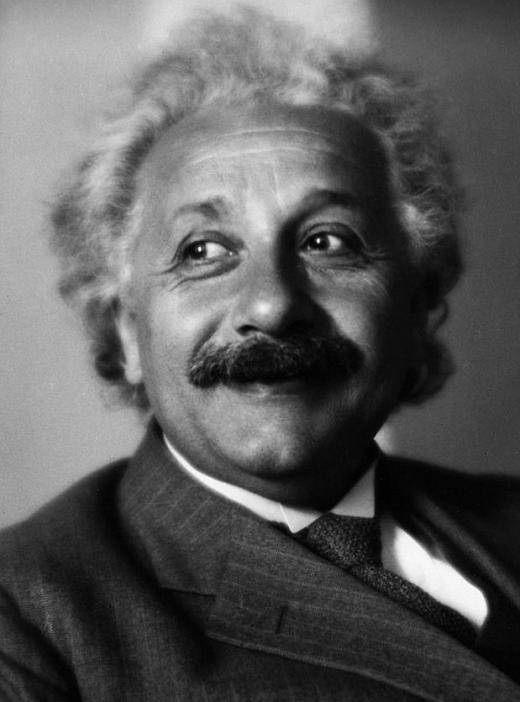What is the Theory of Relativity?
 Michael Anissimov
Michael Anissimov
There is no "theory of relativity" -- only two theories that both occasionally fall under the same designator -- the theory of special relativity and the theory of general relativity. Both were devised by the famous physicist Albert Einstein between 1905 and 1915. Both these theories upended Newton's classic mechanics, which had held for centuries prior.
The special theory of relativity is a theory of the structure of spacetime, which asserts that 1) the laws of physics are the same for all observers in uniform motion relative to one another and 2) the speed of light in a vacuum is the same for all observers, regardless of their motion of the motion of the light source. This leads to bizarre consequences. For instance, imagine moving on a train going 100 mph next to another train moving in the same direction at 100 mph. From your perspective, the train next to you looks almost still. But imagine being on a train moving at the speed of light, while next to a light beam. Instead of the light beam looking like it's staying still, it moves ahead of you at the speed of light. Light is strange that way.

Several of the consequences that follow from the special theory of relativity are 1) time dilation (clocks moving near the speed of light operate more slowly than stationary clocks), 2) length contraction (objects moving near the speed of light appear to be contracted in the direction of motion), 3) relativity of simultaneity (things that appear to happen at the same time to stationary observer A may appear to happen at different times to moving observer B), 4) mass-energy equivalence (mass and energy are essentially the same thing and transmutable into each other).

The general theory of relativity, which was conceived a few years after the special theory of relativity, is a theory of how gravity works. It was initially based on the equivalence principle, the idea that acceleration and standing still in a gravitational field of a given strength are physically identical. Because no special force is required to create inertial effects in an accelerating object, Einstein proposed we should think the same way about gravity, forgoing the classical notion of gravitational force and instead conceiving of gravity as curves in spacetime. This explains phenomena like why light bends in the presence of a gravitational field even though it lacks mass.

The general theory of relativity provides explanations and makes predictions that would have seemed ludicrous in the worldview of classical mechanics. Aside from light bending in the presence of a gravitational field, it predicts that time goes more slowly in the presence of a gravity field, planetary orbits precess (change) due to torque exerted by the Sun's gravity field, frame-dragging occurs, whereby massive rotating bodies "drag" the inertial frame of the surrounding spacetime around with it, and that the universe is expanding, in some cases faster than the speed of light, because it's the space itself that's expanding, not objects within it.

Unraveling the implications of these theories took decades, and is still ongoing today. Einstein's theories were so forward-looking that it took decades to test and confirm them with great precision. In hindsight, Einstein's ideas were almost completely validated.
AS FEATURED ON:
AS FEATURED ON:














Discussion Comments
You need to revisit your light speed analogy. It doesn't make sense. You're suggesting that 'c' becomes 'c squared'? Happy calculating.
There are minds that understand and the only clue I will give you is "patterns".
These are explanations invented from our puny little minds, so our puny little minds can possibly make some sense of our surroundings. Based on that theory, does that invention stand up to scrutiny as reality, or is it what we as humans consider to be reality, real at all? Prove me wrong please!
@SilentBlue
Einstein came up with E=MC2 using the basic idea that mass interacts with energy and then looking for a possible equation in the space time continuum which could explain this. After many years, he began to realize more and more that it was the speed of light (C) times itself which dictates the relation between energy and mass. What made Einstein great is that he loved to think outside of the box for fun, and would keep at it for a very long time.
General relativity and the interaction of matter with energy are two of the most difficult topics to grasp. Einstein established that there is a connection between light and time and came up with a solid relation between the relation between the speed of light and the relation of energy to matter. How he came up with his theorem is beyond me.
@GigaGold
The infinite and the infinitesimal both operate using structures which we have had to intuit. Many of the structures which we have set up (eigenvalues, quants, general relativity, etc.) do a decent job at describing what is, regardless of how well we can determine how it came to be. Science continues to progress beyond its borders.
The rules seem to change the farther out you go in theories and in the universe. Our simple rigid set of mathematics and science can't even begin to grasp what lies beyond. The ability to think in a flexible and intuitive manner is what set people like Einstein apart as true geniuses. Cantor and Godel were also thinkers who progressed boldly outside of the box. Modern cosmology focuses on seeking a basic understanding of the ways of astrophysics and quantum theory, which is as far as we can really go at this point.
Post your comments